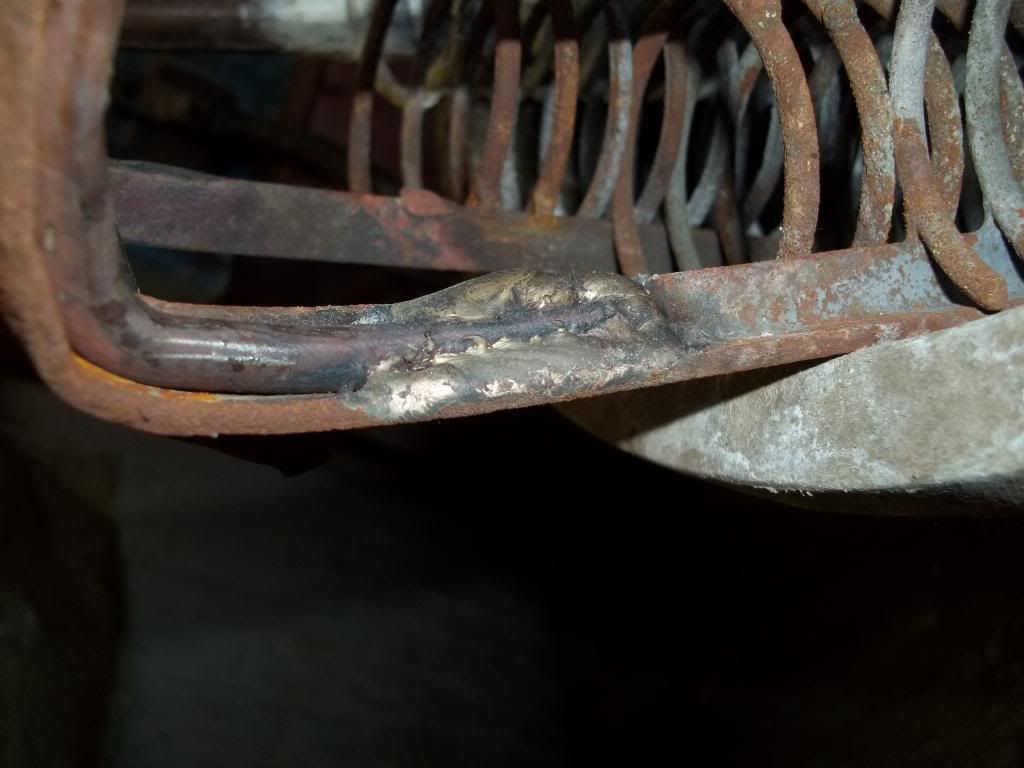ThrottleJockey
Power Conserver
- Joined
- Apr 28, 2012
- Messages
- 162
- Reaction score
- 0
- Points
- 39
Thank you for that! Very informational and it appears you know your stuff! My pops was a welder at the StPaul shipyard for many years before it was closed down and my uncle welded drive gears for Steiger CAT in Fargo at their reman facility for a long time also. The drive gear welding sounded like quite a PITA too as it had to be xrayed at every 1/4 inch and if it failed it had to be ground out at least 1 inch on all sides....WTF? Not for me! I heard a lot of complaining at family dinners.the_whingnut said:welding cast is a PITA if you don't have a furnace or oven to bake it in. you need to know what kind of cast it is and what filler metals will bond to it. lots of info on welding online weldingtipsandtricks.com its good stuff.
as for even cooling, you can bury it in sand, flame cool, bake it cool or wrap it in heated fire blankets like reliant gear (welder powered heating coils). the important thing is to heat / cool it evenly to prevent stress cracks or weld failure.
as for identifying cast iron types, file hardness, metal color and acid testing are good simple and easy to do at home. ring testing if you are very damn good (not I). do not taste test the metal to ID it, welders say you can taste the different kinds just to see if ppl fall for it. its funny as hell but very wrong.
i have seen it welded with GMAW, GTAW and SMAW. even Oxy-Act welding. all very cool. i prefer GTAW root with SMAW cover passes, that is with metal preheated to 350degF, cracks and joints cleaned and beveled, welded to 3/32 above surface for weldment. if i can access the back side i will back gouge the root and weld up to surface. all the while keeping the temp above 350degF but not welding between passes if the temp is over 500degF (called interpass temp). a lot of juggling heat and hot parts.
PITA!
but i have fixed a few cast parts for the LSD i was stationed on a few years ago. I also fixed some tractor and equipment parts for my Dad. another PITA procedure is doing hard surfacing on equipment or contact parts.
most of my experience is Navy based welding not shipyard or industry there could be a thousand more ways to do what i have described. this is just what i know and i'm always learning more.
GMAW - gas metal arc welding - mig
GTAW- gas tungstun arc welding - TIg
SMAW - shield metal arc welding - stick
LSD - landing ship docking variant




